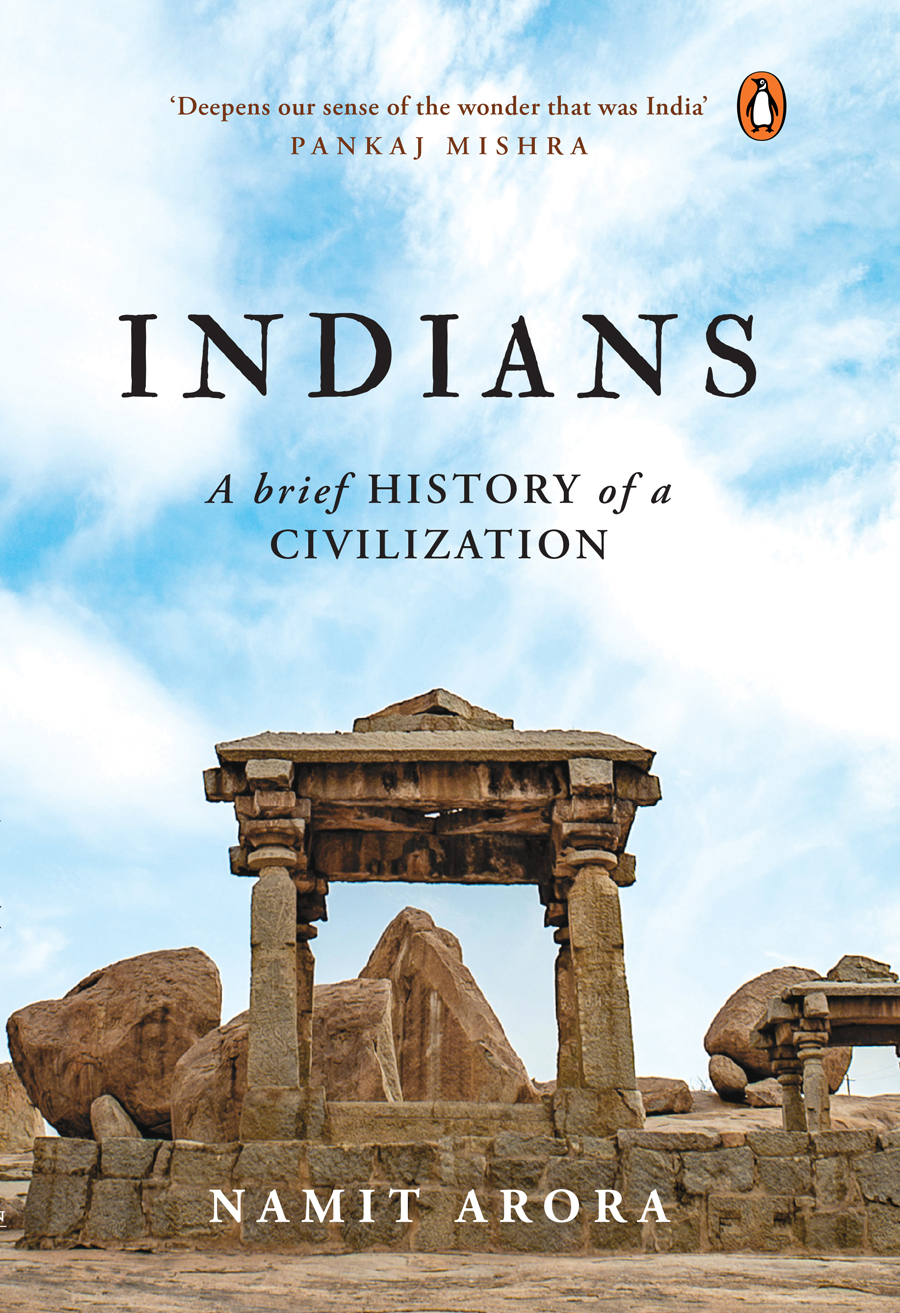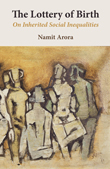| Index of articles from the Blog |
| Animals |
| Anthropology & Archaeology |
| Art & Cinema |
| Biography |
| Books & Authors |
| Culture |
| Economics |
| Environment |
| Fiction & Poetry |
| History |
| Humor |
| Justice |
| Philosophy |
| Photography |
| Politics |
| Religion |
| Science |
| Travel |
Books by
Books by
|
By Namit Arora | Jan 2012 | Comments
|
Some travel impressions prompted by the living and the dead of Varanasi, India.
The reality of the event sunk in further when an NDTV reporter and her camera crew got on the train. With time to kill, she began quizzing tired and bemused passengers about their take on the news. And she did so in an overexcited style that seemed to dominate live reporting in India. When she thrust the mic at me, I could only mutter something about my worry for my companions. I persuaded my fellow travelers to continue. The terrorists had already done their deed; Varanasi was likely the safest place to visit now. Worst case, we could stay holed up in our hotel. Truth be told, I was also drawn to this unbidden frisson of travel. When we arrived in the morning, we found a part of the train station cordoned off by the police. I could see blotches of red on the ground. The driver of the taxi we took into town had witnessed the explosions: flying body parts, screams, the ensuing melee. He had helped take the injured to the hospital. But our decision to not abort our journey turned out to be a good one—the city remained calm and we moved around freely. I felt proud of my fellow citizens for being so mature about the situation. It was my first time in Varanasi as an adult, and the place did not disappoint. §
Xuanzang, the famous Chinese traveler, visited here in c. 635 CE. The city, he wrote, "is densely populated. The families are very rich, and in the dwellings are objects of rare value. The disposition of the people is soft and humane, and they are earnestly given to study ... The climate is soft, the crops abundant, the [fruit] trees flourishing, and the underwood thick in every place." He estimated that the city had about 100 temples with 3,000 priests, who mostly honored Shiva—one of whose statues he saw as "full of grandeur and majesty". Some followers of this sect, he wrote, "cut off their hair, others tie their hair in a knot, and go naked, without clothes; they cover their bodies with ashes, and by the practice of all sorts of austerities they seek to escape from birth and death." In the early 11th century, the great Persian scholar, Al-Beruni, visited India and called Varanasi a leading center of the "Hindu sciences".
§
Once the pyre is set up, four men close to the deceased carry the corpse in on a bamboo stretcher supported on their shoulders. They transfer the corpse, wrapped in plain cloth, onto the pyre and pay their final respects (women do so at home and traditionally do not attend funerals, but this is changing in urban India). If the deceased lived to be over eighty, there may even be muted celebration and gaiety. The priest begins the rituals and the chanting—part of the antim sanskaar, or last rites, which vary by region, caste, and other social factors.
If a family can afford only the cheapest funeral package—or none, in which case they rely on help from the government—the corpse is burned in stages on a small pyre: the middle part burns first; the head and the legs stick out until they are nudged in deftly by a pole after the middle part collapses. It takes about 250 Kgs of firewood and three hours to incinerate a corpse. After the burning is complete, the chief mourner and others douse the smoldering pyre with water from the river. They gather the ashes and fragments of bones in an urn, and go down the ghats to empty it in the Ganga. Dom men wait there with wire nets to sift through the remains, hoping to find bits of gold from a tooth or a nose ring.
In 1984, as a much cheaper, quicker, and more eco-friendly alternative, the government installed an electric crematorium near the burning ghat but only a few use it. It has come to be seen as a poor man's choice that interferes with key rituals like kapal kriya. Funerary rites are so central to most people's religio-cultural identity that they are loathe to tinker with or abandon them—and Varanasi is not exactly rippling with tradition breakers. Moreover, the crematorium breaks down at times and is subject to the city's frequent power outages. Watching the spectacle on the burning ghats from a balcony above, I felt a liberating calm visit me, the kind that steadies and concentrates the mind. What better way to peer into nothingness and to see our common fate, laid out evocatively in the Book of Common Prayer: from earth to earth, ashes to ashes, dust to dust. Why, there is nothing morbid about death. It is a simple fact of life that should inform our daily choices and opinions. Yet, the greatest wonder, as Yudhisthira says in the Mahabharata, is that "each day death strikes, and we live as though we were immortal." All photos by Namit Arora. More pictures from Varanasi? More writing by Namit Arora? |
Designed in collaboration with Vitalect, Inc. All rights reserved. |
|








